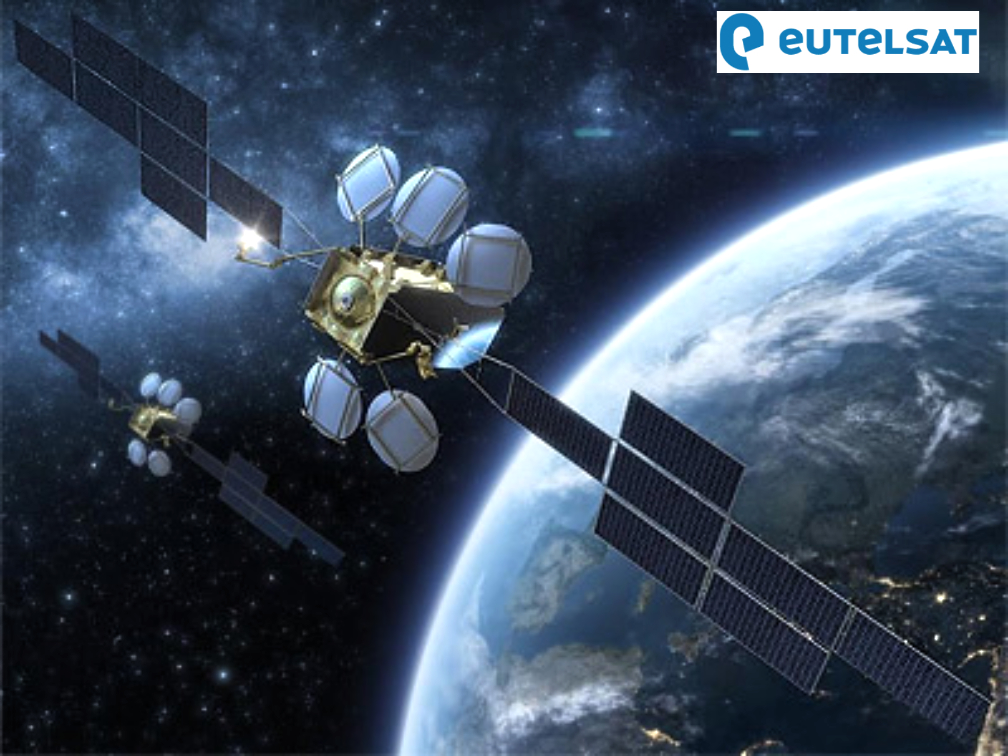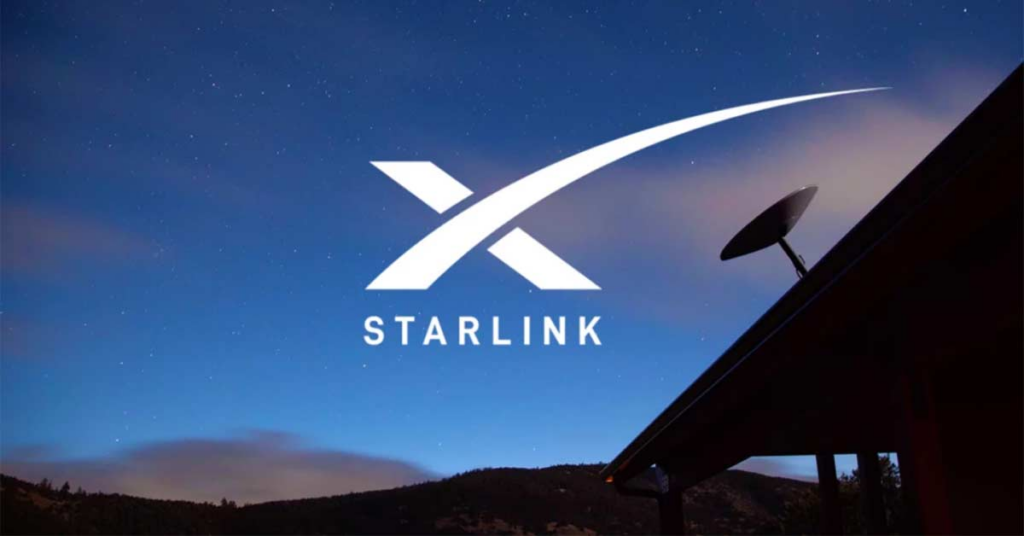
Eutelsat’s full-year revenues (to June 30th) were positive — overall revenues were up 7.2 per cent to €1.21 billion (€1.13 billion in the previous year).

Eva Berneke, CEO, explained that Eutelsat was in the middle of a profound transformation and said, “The advent and rapid adoption of LEO technology presents significant opportunities in both the commercial and government markets, as well as challenges, notably in the form of powerful new entrants into the SATCOM space. Eutelsat Group delivered on its FY 2023-24 objectives, thanks to a robust performance from incremental GEO capacity, and the contribution of our LEO business. This has been an important year in the history of Eutelsat with the closing of its combination with OneWeb to form Eutelsat Group, the world’s first LEO-GEO satellite operator, representing a major step-up in our telecom pivot. While the operational roll-out of the OneWeb service has been more challenging than anticipated, we are now on track in terms of target coverage, and we expect to see continued growth from OneWeb in FY 2024-25.”
Eutelsat’s traditional video division (54% of revenues) again suffered negative performance, with a y-o-y decline of 7.7% to €650.6 million (down from €704.8 million) but all the other key divisions were in positive territory — some significantly so. For example, Mobile Connectivity (13% of revenues) was up 44.7% to €159.3 million, while Fixed Connectivity (19% of revenues) rose 31.7% to €234.1 million. Government Services (14% of revenues) rose 15.3% to €165.3 million.
Q4 revenues stood at €340 million up 11.9% like-for-like. Revenues of the four key Operating Verticals stood at €338 million, up 12.8% year-on-year and by 12.1% quarter-on-quarter on a like-for-like basis.
FY 2023-24 Video revenues were down by 6.8% to €651 million, reflecting the secular market decline in this application. In the First Half, this trend was accentuated by the effect of sanctions against Russian and Iranian channels as well as of the early non-renewal of a capacity contract with Digitürk from mid-November 2022. Q4 revenues stood at €159 million down by 6.2% year-on-year and broadly stable q-o-q.
The backlog stood at €3.9 billion as at June 30th versus €3.4 billion a year earlier. The contribution of OneWeb more than offset the natural erosion of the backlog, especially in the Video segment, in the absence of major renewals. The backlog was equivalent to 3.5 times 2022-23 revenues, and Connectivity represented 56%of the total, up from 40 per cent a year earlier.
Berneke explained that there were still OneWeb ground gateways to be completed and these would not be in place much before springtime 2025 and the OneWeb LEO benefit and connectivity opportunities would be available. She added that the partnership already in place with Intelsat would likely see the addition of similar relationships.
“We expect combined FY 2025 Revenues of the four operating verticals to be around the same level as FY 2024 at constant currency and perimeter,” said the company.

Additionally, SpaceX has told the FCC that it now has “more than 1.4 million” Starlink customers in the U.S., its largest market. In December 2023, it had claimed 1.3 million customers in the US.
“Clearly, growth has slowed in the U.S., even while accelerating in other countries,” said specialist satellite consultant Tim Farrar of TMF Associates. “But the U.S. remains by far the most important country for Starlink’s revenues, especially as the $120 monthly fee is higher than elsewhere.”
Lately, Starlink has started discounting its U.S. installation fee – from $499 to $299 – as well as its monthly subscription rate in certain US markets where capacity is available.
Globally, Starlink’s May 2024 position was that it had more than 3 million customers, about double the position of May 2023. Elon Musk congratulated his staff and SpaceX technicians on May 20th for topping 3 million Starlink customers in 99 countries. Since then, the number of countries where Starlink is available, or likely to be available this year, has grown considerably.

